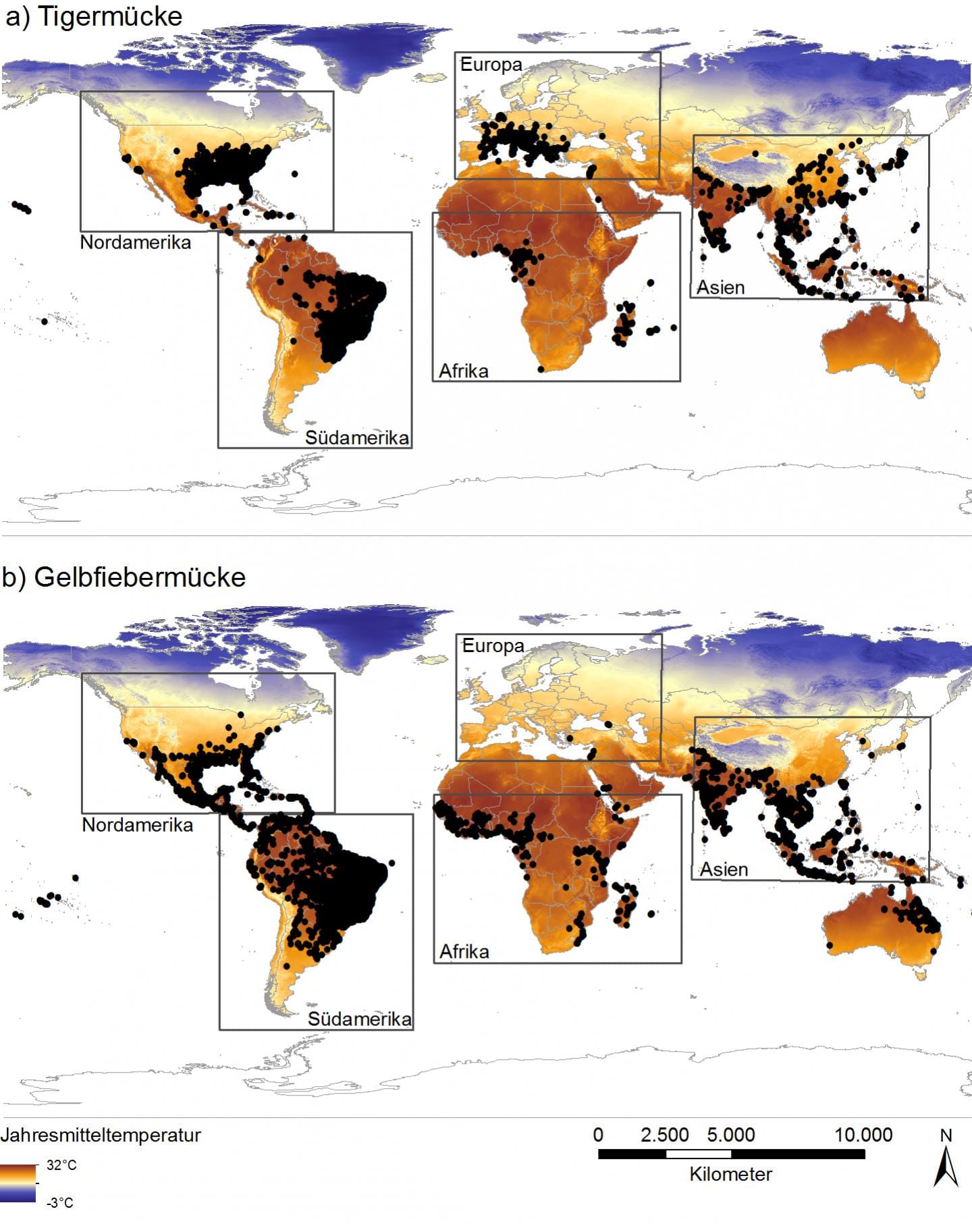In recent years, public health officials and researchers have begun to raise alarms about the potential for dengue fever and chikungunya to become endemic in Europe. The primary culprits behind this concern are the mosquitoes that carry these viruses—mainly Aedes aegypti and Aedes albopictus—which are increasingly expanding their geographical range into northern Europe. The implications for public health are significant, necessitating a comprehensive understanding of the factors driving this expansion and the consequent risks associated with it.
Dengue fever is a viral infection transmitted by mosquitoes that can lead to severe flu-like symptoms, including high fever, severe headaches, pain behind the eyes, joint and muscle pain, and rash. In some cases, dengue can progress to a severe form known as dengue hemorrhagic fever, which can be fatal. Similarly, chikungunya is characterized by abrupt onset of fever, severe joint pain, muscle pain, headache, nausea, and rash. While seldom fatal, chikungunya can lead to persistent joint pain and long-term disabilities, severely affecting quality of life.
The most pressing factor contributing to the northward migration of these mosquitoes is climate change. Rising average temperatures, fluctuating precipitation patterns, and increased humidity levels create a more hospitable environment for mosquito breeding and survival. Aedes aegypti, once limited to tropical and subtropical climates, is now being detected in temperate regions as well. Research indicates that temperatures above 10 degrees Celsius (50 degrees Fahrenheit) are conducive for the growth and reproduction of these mosquito populations. As European temperatures continue to rise, the likelihood of this mosquito species establishing viable populations increases.
Alongside climatic changes, urbanization plays a significant role in the spread of disease-carrying mosquitoes. The Aedes aegypti mosquito thrives in urban settings, taking advantage of human-made structures and stagnant water sources for breeding. Rapid urbanization in Europe has created more potential breeding sites, including discarded tires, clogged gutters, and even water containers in gardens. This urban sprawl creates a perfect storm for these mosquitoes, allowing them to expand their territory significantly.
Additionally, global travel has made it easier for dengue and chikungunya to spread. Increased human mobility facilitates the introduction of these viruses into new areas, especially during peak tourist seasons. Travelers returning from endemic regions can inadvertently bring the viruses back to Europe, creating a risk for localized outbreaks. Once established, the disease can spread within local mosquito populations, as the insects acquire the virus from infected humans, perpetuating the cycle of transmission.
Past summer seasons have shown increased occurrences of these diseases in several regions of southern Europe, including Italy, Spain, and France. European public health authorities have reported cases of dengue and chikungunya, indicating that these diseases are no longer confined to the tropics but instead are becoming part of the European health landscape. Until recently, outbreaks were sporadic; however, the trend suggests a shift toward more regular and widespread occurrences, a clear warning sign for health officials.
Preventive measures are crucial as the risk of dengue and chikungunya becoming endemic rises. Public health initiatives in Europe are being urged to enhance surveillance of mosquito populations and implement control measures aimed at reducing their breeding sites. Increased public awareness campaigns can also play a critical role in educating communities about the risks and preventive strategies, such as using insect repellent, wearing protective clothing, and eliminating stagnant water around homes.
Moreover, collaboration between European nations is imperative to address this public health challenge effectively. In the context of the European Union, a unified approach to monitoring, preventing, and responding to outbreaks can be more effective than localized initiatives. Coordinated efforts can lead to sharing of data, resources, and best practices among member states, strengthening the overall response to these emerging infectious diseases.
Even with proactive measures, challenges remain. Climate projections suggest increasing temperatures and changing rainfall patterns, which may exacerbate the rates of infectious diseases carried by mosquitoes. As such, ongoing research to understand the dynamics of vector-borne diseases is essential. This includes studying the biology and ecology of Aedes mosquitoes, as well as forecasting the potential spread of dengue and chikungunya based on climate models.
In conclusion, the risk of dengue and chikungunya becoming endemic in Europe is a pressing public health concern that cannot be overlooked. As mosquitoes continue to migrate northward amid changing climate conditions and urban growth, coordinated local, national, and European efforts will be needed to mitigate these risks. Enhanced surveillance, education, and international cooperation can empower communities to effectively combat these emerging threats. It is crucial that Europe prepares for a future where such diseases are no longer confined to tropical climates but become integral to the public health challenges faced by the continent.



